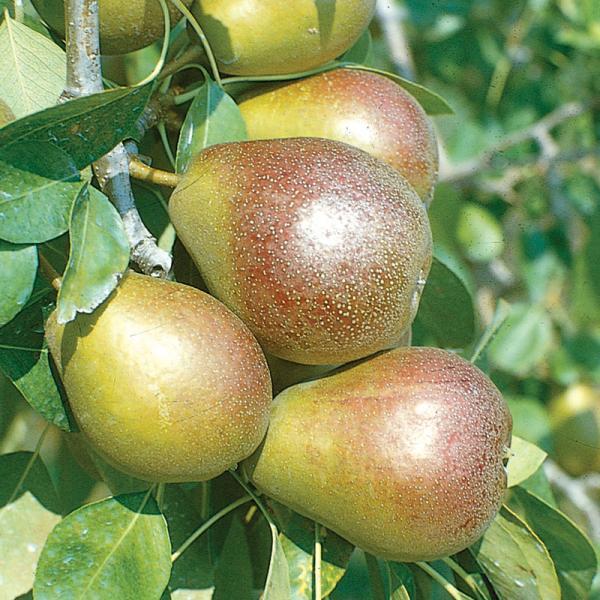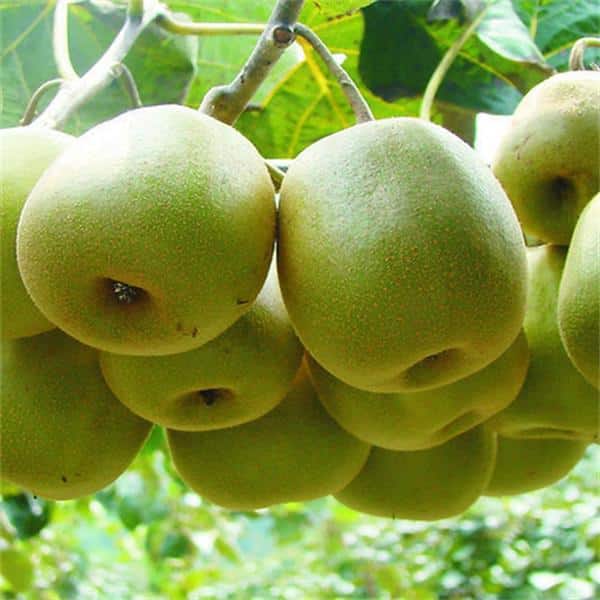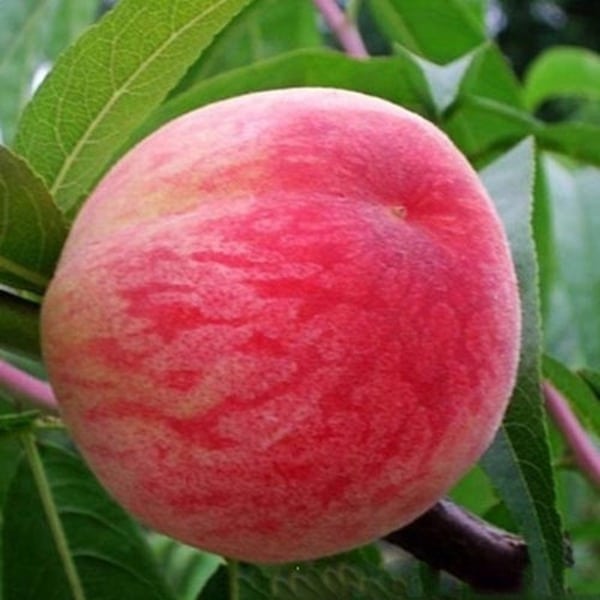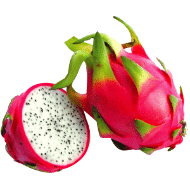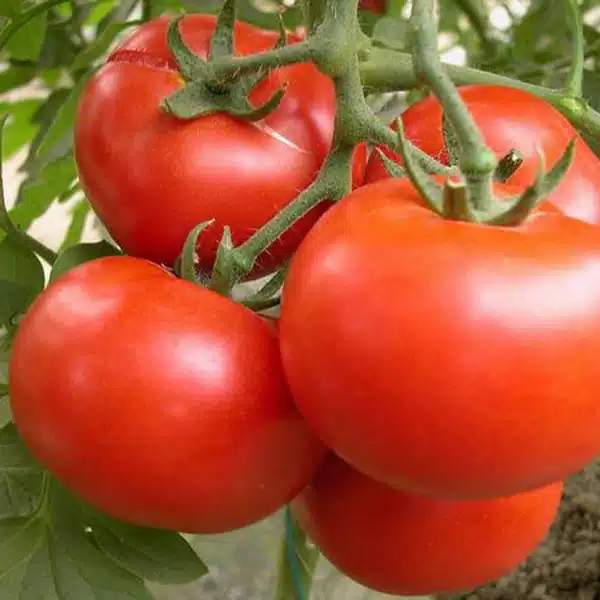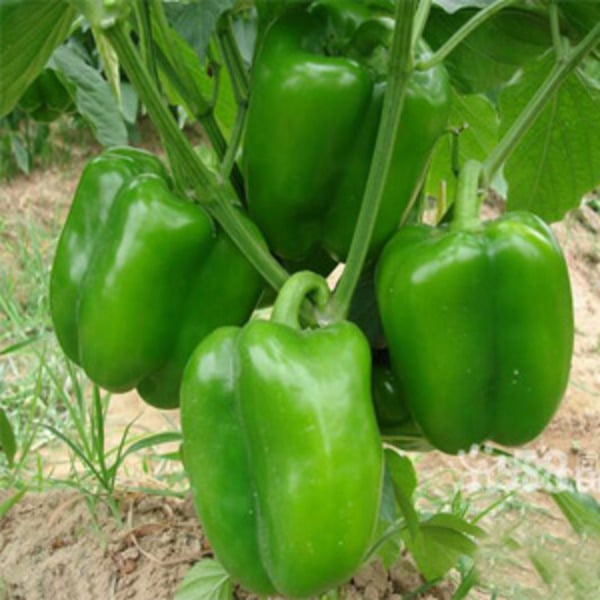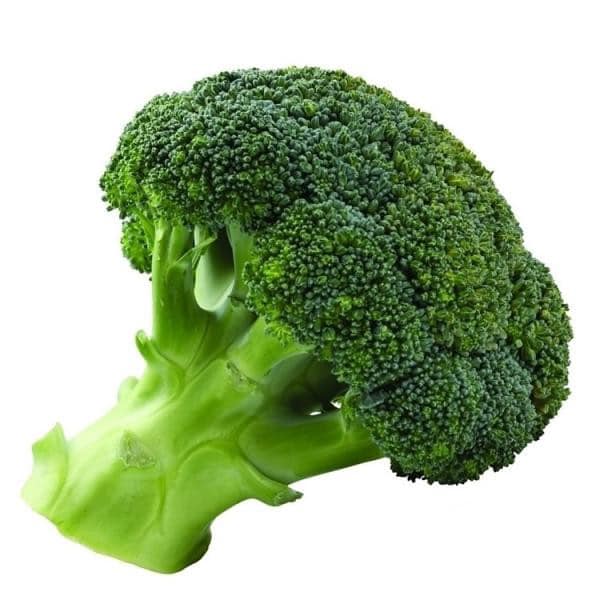Say goodbye to wasted food and hello to extended freshness with our innovative fresh-keeping technology!
-
Mon - Sat : 09:00 - 22:00(GMT+8)
-
sales@chesenbio.com
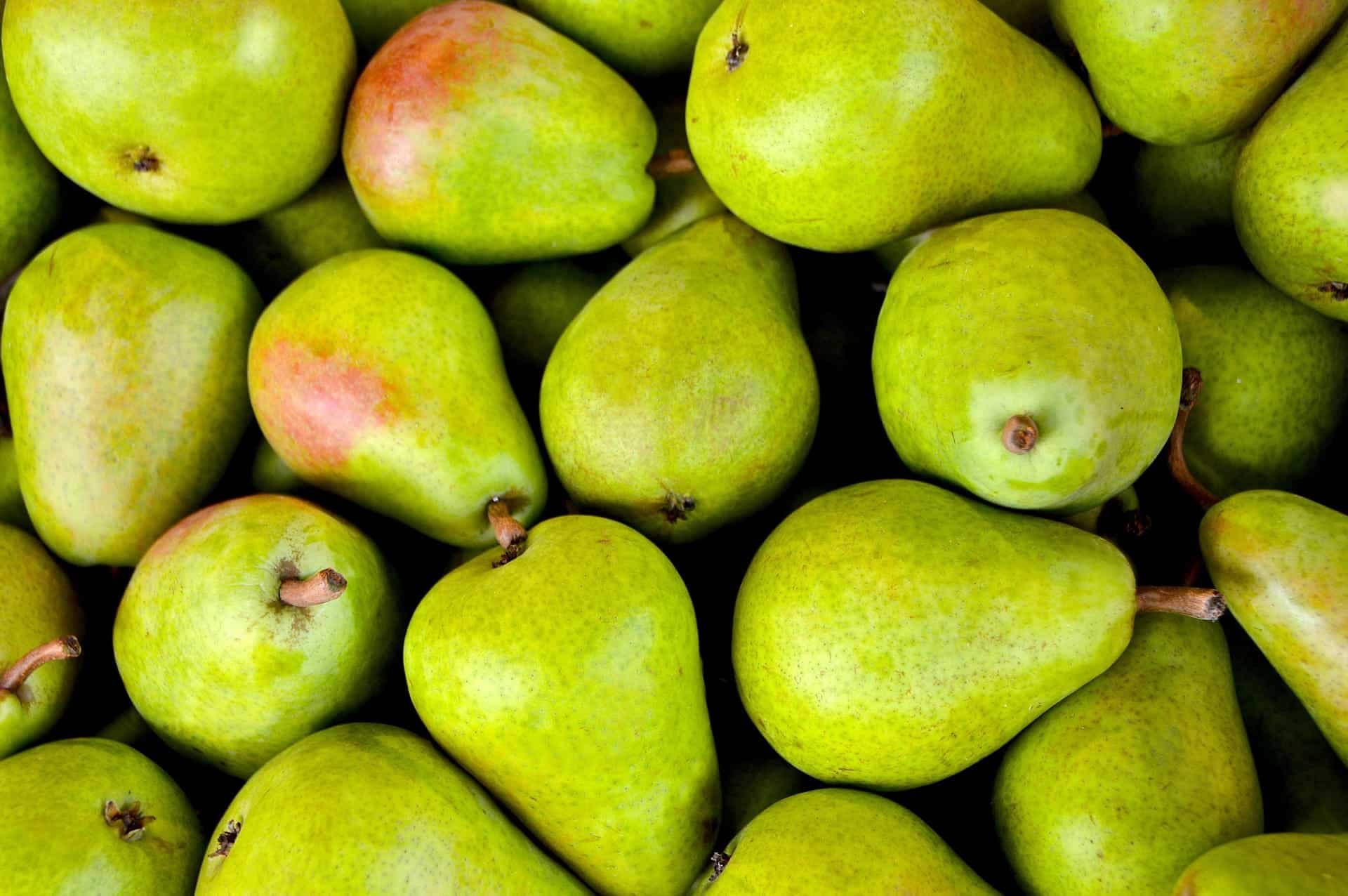
1-MCP for pear storage
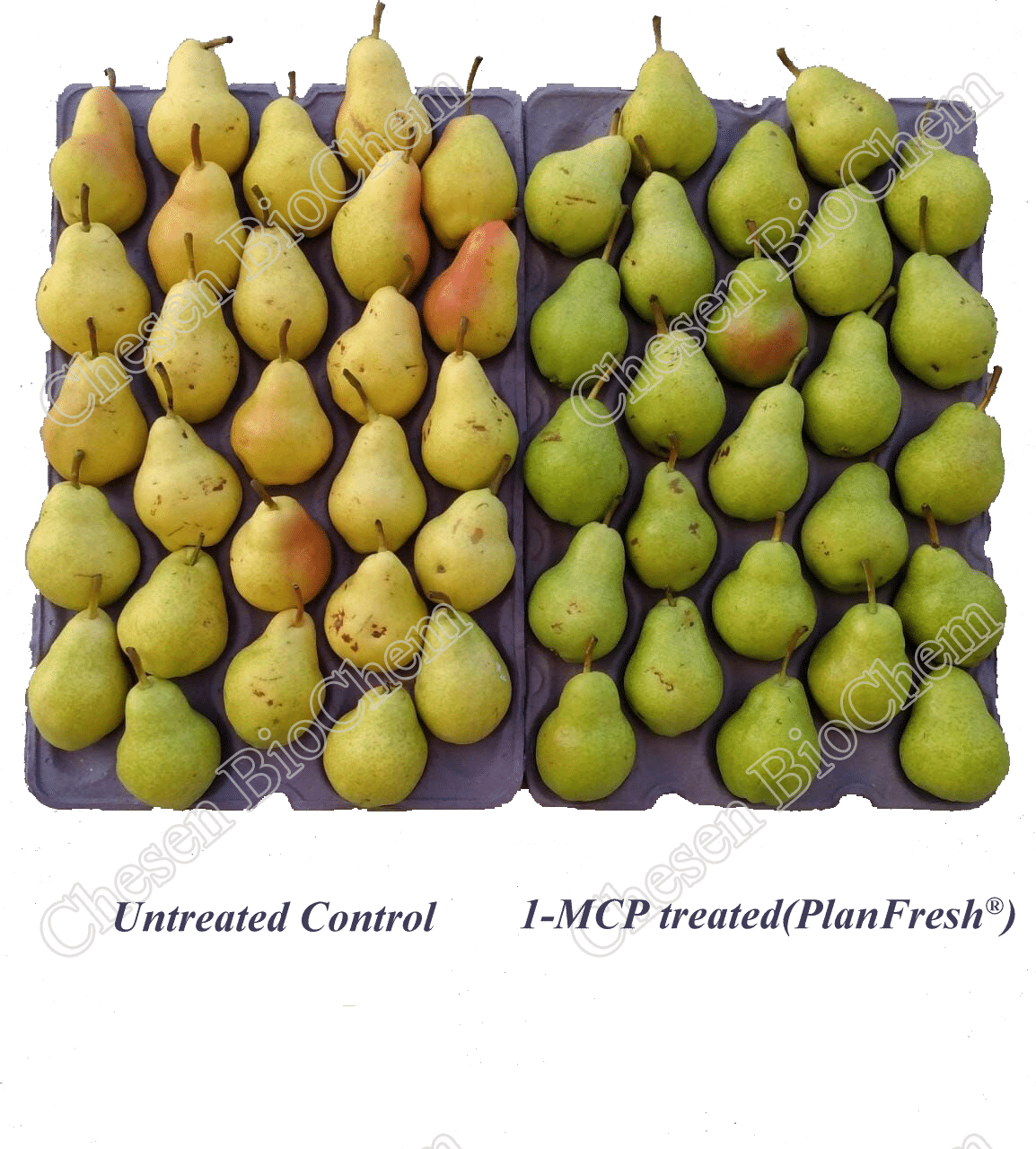
Storage and preservation technology of 1-MCP on pear
1-MCP (1-Methylcyclopropene) is a powerful regulator of climacteric fruit ripening.1-MCP has been widely used on pear.
Concentrations of 0.1-0.5µl/L 1-MCP appeared to have the most potential as storage treatments. Use of 1-MCP could prove beneficial for European pear. Reducing the rate of ripening at ambient temperatures may increase the marketable life of the fruit, particularly in markets without cold chains.
Ripe pear is extremely sensitive to handling, which is the primary reason why fruit are usually sold partially green. However, in this case, 1-MCP considerably reduced skin damage without affecting normal ripening. This could prove of considerable benefit to the industry by reducing losses and improving the appearance of marketed pear.
1. The physiological characteristics of pear after harvest
Pear is a climacteric fruit with a physiological ripening period and is sensitive to temperature and ethylene. If not treated in time, the ethylene in the fruit will increase rapidly at room temperature, and the breathing will be significantly enhanced. After reaching the peak, the nutrients in the fruit will be consumed in large quantities, the water will be dispersed, and the fruit will gradually age and lose its edible value. Therefore, after pear picking, it is necessary to carry out the fresh-keeping treatment at low temperature as soon as possible.
2.Storage characteristics of pear
Different varieties of pear have different storability. Early-maturing varieties are generally not resistant to storage, and the mid-late maturity varieties are more resistant to storage. It is essential to stop watering about 20 days before harvesting to avoid the occurrence of “water pear” affecting its storability.
The storage characteristics of different varieties of pear are different. There are the storage requirements of several common pears in detail below:
2.1 Bartlett pear
Bartlett pear is not resistant to storage at room temperature. Generally, it is quickly matured, senescent, and spoiled after about 10 days. Refrigerating in time after harvesting is essential, and it can also be stored in atmosphere. The optimal refrigerating temperature is 0 ° C, the O 2 content is 2% – 4%, the CO 2 content is 3% – 4%, and the relative humidity is 90% – 95%. The Pear, which has been stored under controlled atmosphere, should be placed at a temperature of 20 ° C for 3-4 days after storage. It is suitable for eating after completion of the ripening.
2.2 Yali pear
In order to reduce the occurrence of black heart disease during storage of pears, it should be taken early and harvested 4 to 6 days earlier than normal. You can store it in trenches, reservoirs, ventilated storage and cold storage. Yali is extremely sensitive to low temperature. If you directly place it into the 0°C cold room after harvesting, it will often cause a lot of black hearts. So it is necessary to pre-cool pear by low temperature at night, or store pear in cold storage at suitable temperature. It can be pre-cooled for 24 hours in the cold storage at about 12 °C. If the temperature is too low, it will easily damage the core. If the temperature is too high, the pear will appear premature and aging, and the humidity will remain about 95%.
No more than 15 days from the start of storage to the closure. Cooling procedure: After sealing, it is essential to keep pear at the original temperature for 3-5 days, then every 3 days to cool down 1 °C, then to 5 °C, then keep 3-5 days, then every 2-3 days to cool down 1 °C. Finally, the temperature drops to 0 °C. It must be based on the picking time of the pear and the outside temperature. The entire cooling process should be completed in about 35 days. It is necessary to keep the humidity in the reservoir between 85% and 90% during storage.
2.3 Snowflake Pear
Snowflake pear is different from Yali pear. It has thick skin, hard flesh and is resistant to storage. It can be stored in trenches and grids. The optimal storage temperature is 0-1 °C, and the storage temperature of the snowflake pear is kept at 8 °C-11 °C. If the temperature is too low, it will damage and deteriorate the pulp tissue. If the temperature is too high, it will affect the storage life, and it is essential to keep the storage humidity at about 90%.
The shorter the warehousing time, the better. It usually takes 10-15 days to complete. After sealing, it is essential to keep pear at the original temperature for 3 days, then every 3 days to cool down 1 °C, then it can be kept for 3 to 5 days when the temperature is lowered to 4 °C, then every 2 days to cool down 1 °C, down to 0 °C. It is essential to complete the cooling time within 30-35 days. The storage temperature should not be lower than 0 °C. The humidity should be 90%-95%.
2.4 Korla fragrant pear
Korla fragrant pear is a climacteric fruit. The yellowing of the skin is a sign of the peak of breathing. The harvest season is from late August to mid-September. Premature and late harvesting will make the browning rate higher than normal. Proper late harvesting is beneficial to improve its storability and prevent the occurrence of physiological diseases.
Judging whether the pear has reached the intrinsic index of harvesting period: normal mature fruit, pulp hardness 6-7kg/cm2, soluble solids 11%-12%, total sugar content 9%-10%, total acid content 0.055%- 0.075%, vitamin C content 1.68-2.19mg/100g. It should be stored at 48-72h after harvest and quickly pre-cooled. After storage, it is necessary to close the door for 3 days, and then the temperature will be reduced to about 0 °C. The freezing point of Korla pear is -2 ° C, the optimum temperature during storage is -1 ° C – 0 ° C, and the relative humidity is 90% – 95%.
The optimal gas composition for controlled atmosphere storage is O2 4%-6% and CO2 2%-4%. The fruit is very sensitive to high carbon dioxide in the storage environment. High carbon dioxide is often the main cause of browning of the tissue, and low oxygen can also cause browning of the pear. Generally, the higher the concentration of carbon dioxide in the storage environment, the greater the degree of destruction of the cell membrane, and the more likely the browning of the pulp and the heart.
3. 1-MCP preservation treatment of pear:

1-MCP has a good preservation effect on most pear varieties. After pre-cooling the pear, it is necessary to use 1-MCP in time to prolong the storage period and shelf life of the pear.
For example, Korla pear, when stored in the ordinary cold storage until February of the following year, the skin begins to turn yellow, especially after 7 to 10 days of long-distance transportation after delivery, due to lack of complete cold chain support, often out of the warehouse when the quality of the pear is quite good, when it reaches the wholesale market of the place of sale or the shelves of the supermarket, the quality of the bright green peel has become yellow, brown and greasy, but after treatment by 1-MCP, the fruit not only maintains the original bright green color and unique crisp flavor, but also significantly reduces the problems of water loss, weight loss and quality degradation during storage and transportation.
4.Storage management of pear:
Different pear varieties, different temperature and humidity requirements during storage, you can reference the contents according to the data provided above. In addition, you should also pay attention during storage:
1. Sterilization: you should sterilize storage regularly, preferably every half month, and the effect of bactericide rotation is better.
2. Ventilation: Change the gas every 10-15 days. The ventilation time is controlled within half an hour to choose the sunny day when the outside temperature is low.
5.Contact us
For more detailed information about 1-MCP on pear, please contact us.


